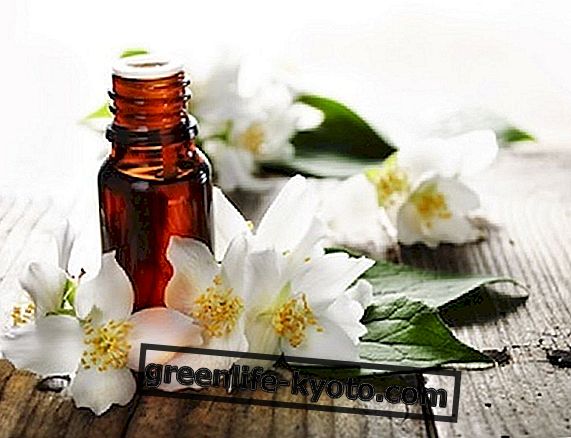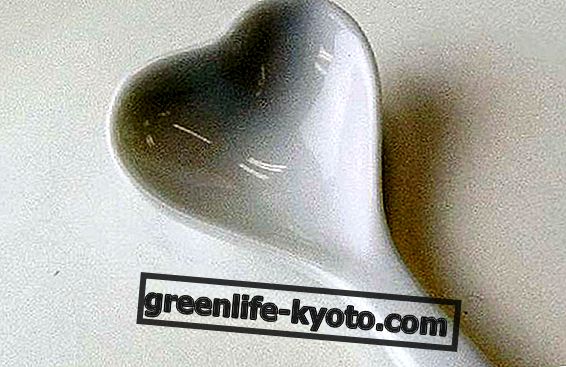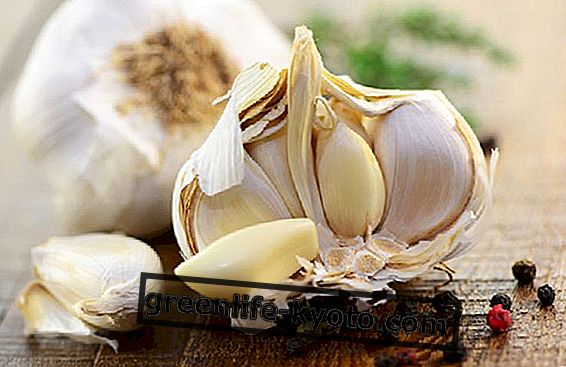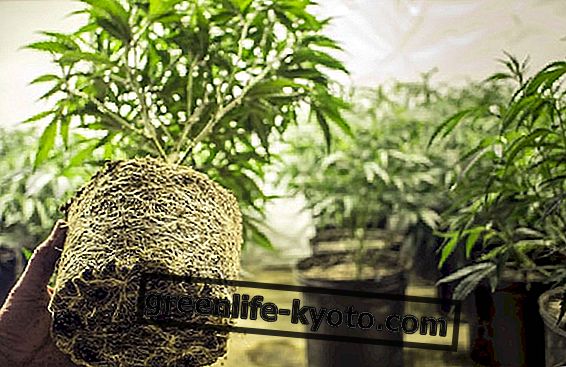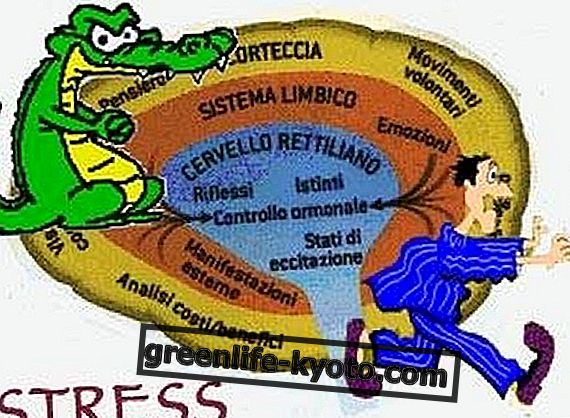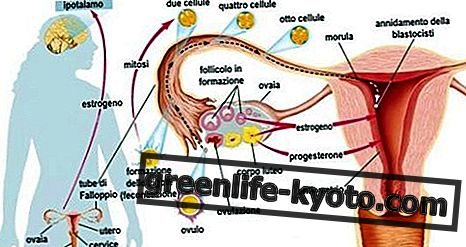
Clay is a natural product with a great absorbing and mineralizing power able to perform a healing action. It can be used either internally, ingested with water, or externally to make poultices and compresses. Let's find out how to use it.
Description of the clay
Clay is a particular type of rock composed of many minerals. The main feature of the clay is that it easily absorbs water, and binds the amalgam to which it belongs.
Depending on the origin, different types of clay exist, from white to red . Each has a different chemical composition.
The most commonly used natural remedy is ventilated green clay . The method extracted and the treatment to which it is subjected before being placed on the market makes it suitable for both indoor and outdoor use .
Properties and uses of clay
The properties of clay are expressed both as an internal natural remedy and as a natural external remedy. The clay has the following characteristics:
absorbing power: due to its molecular structure, clay is a powerful binder, it absorbs and binds water and toxic substances it comes into contact with. This makes it suitable in case of edema, swelling and internally to detoxify the intestine;
healing power: the ventilated green clay is free of micro-organisms and thanks to its structure it allows to heal minor lesions of the skin, favoring caogulation, and tissue regeneration;
mineralizing power: it is rich in iron, calcium, potassium, sodium and magnesium. Its internal use is a powerful rebalancing. It is a natural antianemic.
How to use ventilated clay for massages
Internal uses
Ventilated green clay can be swallowed . Depending on the objectives to be achieved, clay can be used in the following ways:
Water and clay : half a teaspoon of clay is mixed with a glass of water. It is indicated to purify the body, in case of diarrhea or after food poisoning, as a mineral supplement. It is taken once a day on an empty stomach. It is to be avoided in case of constipation.
Clay water : a teaspoon of ventilated green clay is mixed with a glass of water, left to rest for about eight hours, and only drink the water that forms on the surface in the morning on an empty stomach, and without mixing. It has the same alkalizing properties of water and clay, but is also indicated in the case of constipation;
The clay in this case is used dry : clay balls and water are formed, as large as a pea, and left to dry. When they are dry, take them. Taken in this way, the clay exerts its absorbent power the most, binding to itself the liquids present in the intestine and the toxic substances.
External uses
The external uses of clay exploit the ability to absorb moisture. They are useful in case of edema, trauma, in cases of arthritis and against arthrosis, flaming, and as a healing for small wounds, even purulent. The external uses of clay can be:
Cataplasms : the cataplasms are applied directly to the skin. Mix two cups of ventilated green clay, a cup of water, and half a teaspoon of olive oil. The dough should be soft but not liquid, otherwise it adjusts to the eye by calibrating the quantity of clay and water. Apply directly to the painful area. It is useful in case of joint inflammation, crooked, swelling, sprains, edema, bruises;
Clay baths : can be used in foot baths or hand baths. It is useful in case of joint pains, rheumatism and circulatory problems, to regulate excessive sweating;
Dry clay : it can be used both in the cosmetic field instead of soap, as a natural scrub, and as a remedy for cuts, burns, healing and even as a disinfectant.
Note: clay for external applications should only be used once, as it absorbs toxins.
Read also
> How to purify with green clay
> The types of clay

